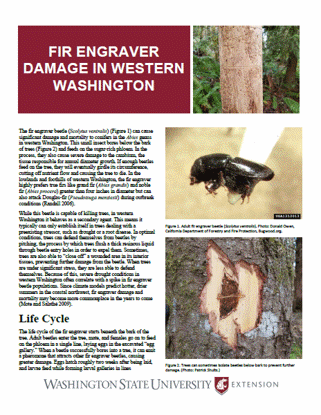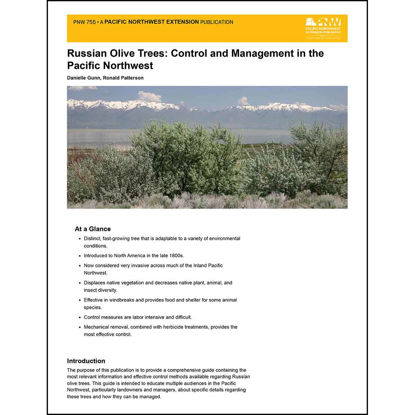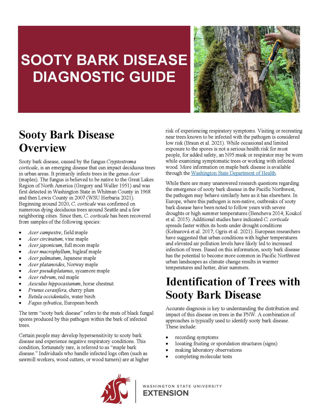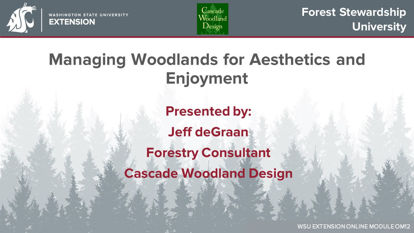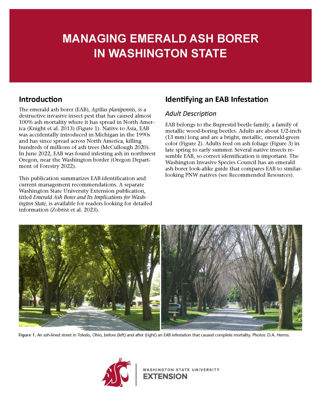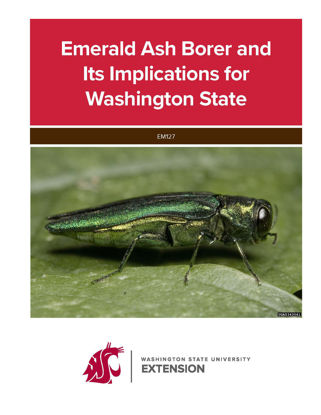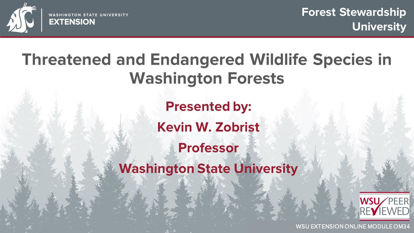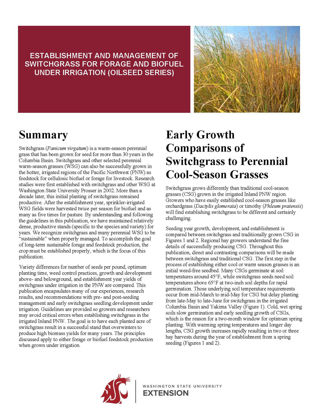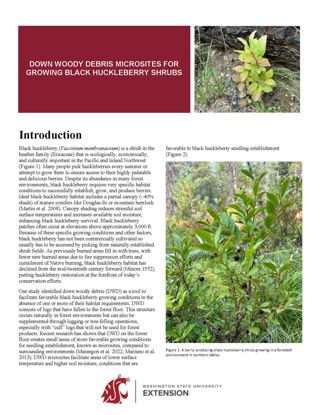You have no items in your shopping cart.
Forestry and Range
Forestry and Range
Fir Engraver Damage in Western Washington
Forest owners beware: the fir engraver beetle can be a serious pest. This pub offers identification and management strategies to help keep your forest healthy.
$0.00
Russian Olive Trees: Control and Management in the Pacific Northwest
Russian olive trees are fast-growing plants that since the 1950s have become invasive throughout many areas of the Inland Pacific Northwest, particularly in riparian ecosystems. They form impenetrable masses, create inferior wildlife habitat, and provide minimal forage value for big game and livestock. This publication helps landowners and land managers to control these woody invaders by providing a detailed botanical profile of the species and discussions of the latest regrowth research and weed-control methods and strategies. Supplemental materials, including a printable appendix, conveniently identify which native species are suitable as replacements (based on landscape type, size, and soil traits) and which herbicides and application techniques are the most effective for Russian olive control.
Authors: Danielle Gunn, Ronald Patterson
$0.00
Sooty Bark Disease Diagnostic Guide
This pub will walk you through how to correctly identify the diagnostic symptoms of sooty bark disease, a troubling, emerging pathogen spreading across Washington.
$0.00
Managing Woodlands for Aesthetics and Enjoyment
In this module, Jeff deGraan, Forestry Consultant, Cascade Woodland Design, discusses six principles of managing for aesthetics and enjoyment. Access to the modules is free, but registration is required. See below for registration information.
$0.00
Managing Emerald Ash Borer in Washington State
The emerald ash borer is an invasive, wood-boring beetle that causes nearly 100% mortality in infested ash trees: learn how to identify this pest and the latest management recommendations.
$0.00
Emerald Ash Borer and Its Implications for Washington State
This publication is intended for Extension professionals, master gardeners, public agency personnel, tree care professionals, and those who are interested in an in-depth review of the current state of knowledge about EAB and the implications for potential damage and mitigation strategies in Washington State.
$0.00
Threatened and endangered wildlife species in Washington forests - Forest Stewardship University
In this module, Washington State University Extension Forestry professor Kevin Zobrist provides a brief overview of some of the threatened and endangered wildlife species in Washington forests and some associated forest practices regulations. This module will help landowners preparing forest stewardship plans understand what might need to be addressed in the threatened and endangered species section of the plan. Access to the modules is free, but registration is required. See below for registration information.
$0.00
Establishment and Management of Switchgrass for Forage and Biofuel under Irrigation (Oilseed Series)
Growers are often surprised to learn that you can grow switchgrass both as a long-term, sustainable forage and as feedstock for cellulosic biofuel. This pub draws on more than two decades of research from Washington State University’s Irrigated Agriculture Research and Extension Center in Prosser, WA, to teach best practices for establishing a vibrant stand.
$0.00
Down Woody Debris Microsites for Growing Black Huckleberry Shrubs
Fallen logs or felled timber may create suitable habitat for black huckleberry seedlings to thrive. Learn more about the process and practice of creating microsites to cultivate delicious black huckleberry.
$0.00

